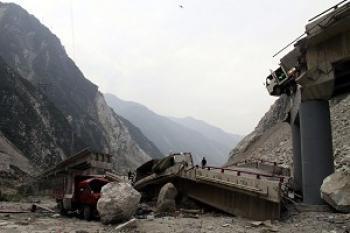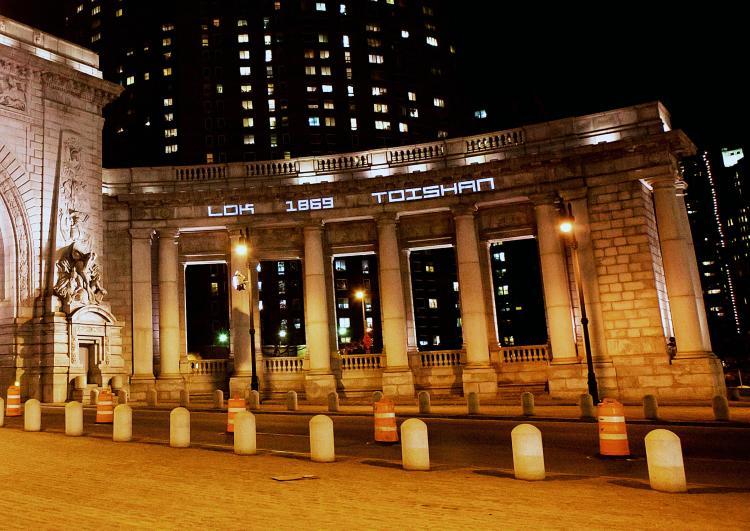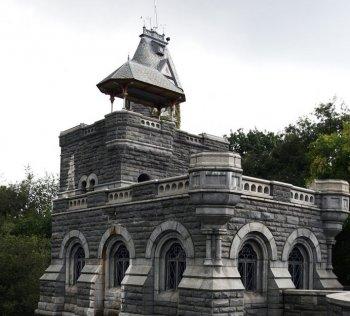NEW YORK—Clara Lichtenstein was born in Sienno, Poland, in 1905, she arrived in the United States in 1921 and lived on Attorney Street on the Lower East Side. She passed away on July 19, 1995. From dawn to dusk for the month of March, Carl Skelton will project these scant details of Lichtenstein’s life, along with the names and birth cities of many others who have come to New York, onto the colonnade on the Manhattan side of the Manhattan Bridge as part of a public projector installation.
The project, titled “Ultratope 1: Real City,” was created by Skelton “as a marker for the initiative and sacrifice of so many who have come from all over the world to stake their futures on New York City,” states Skelton on the website for the project.
Skelton is the director of the Brooklyn Experimental Media Center (BxmC), and the Integrated Digital Media programs of NYU’s Polytechnic Institute.
The names projected on the architecture, a growing list of so far about 65, were culled from traditional and Internet research and inquiries through local community organizations.
Skelton’s intention is that for a short time, the colonnade will act as a “recovered monument” to one person in particular, and by extension to all who have made the same kind of commitment, investment, or leap of faith.
There will be a talk and reception on Thursday, March 3, at 6:30 p.m. at The Museum at Eldridge Street.
The project, titled “Ultratope 1: Real City,” was created by Skelton “as a marker for the initiative and sacrifice of so many who have come from all over the world to stake their futures on New York City,” states Skelton on the website for the project.
Skelton is the director of the Brooklyn Experimental Media Center (BxmC), and the Integrated Digital Media programs of NYU’s Polytechnic Institute.
The names projected on the architecture, a growing list of so far about 65, were culled from traditional and Internet research and inquiries through local community organizations.
Skelton’s intention is that for a short time, the colonnade will act as a “recovered monument” to one person in particular, and by extension to all who have made the same kind of commitment, investment, or leap of faith.
There will be a talk and reception on Thursday, March 3, at 6:30 p.m. at The Museum at Eldridge Street.




